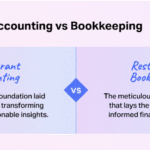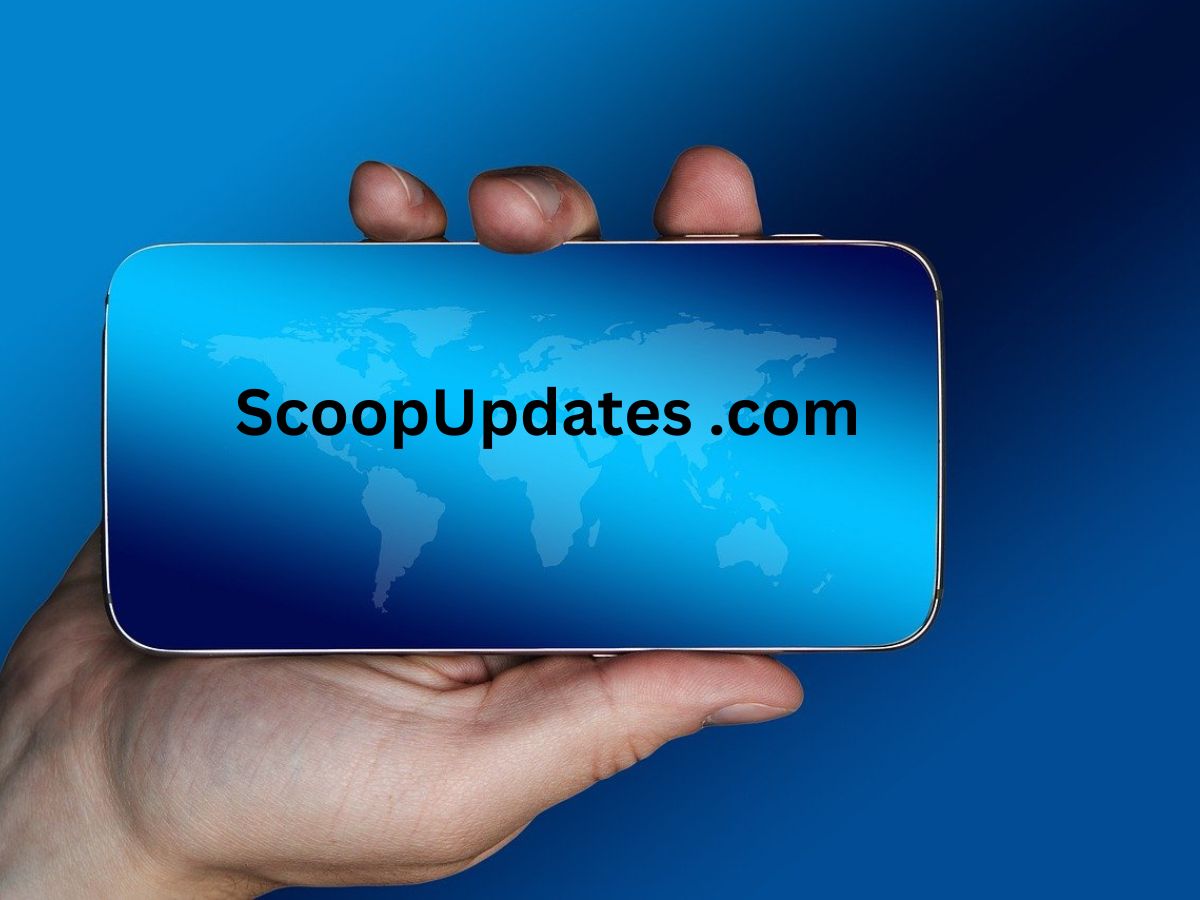Starting a Software as a Service business can be an exciting yet complex journey for many entrepreneurs, especially those new to the tech world. The appeal of a subscription-based model that delivers software via the cloud is clear: recurring revenue, lower upfront costs for customers, and the ability to scale globally. But first, let’s explore the steps involved in building a successful SaaS business.
Structuring Your SaaS Business – Why It Matters
Before writing a single line of code, one of the first decisions you need to make is how to structure your business. This includes determining whether you should register your company as a sole proprietorship, an LLC, or a corporation. Many entrepreneurs opt for LLC registration due to its simplicity and protection of personal assets. As you develop your business, this structure also provides more flexibility.
This decision is not just legal paperwork—it sets the foundation for how your business will operate and how you’ll engage with investors or partners in the future. Choosing the wrong structure can have tax implications and even affect your credibility in the eyes of early clients. It’s worth taking the time to research and consult with legal and financial advisors at this stage.
Developing a Scalable Product
Building a SaaS product involves more than just having a great idea. You need to make sure your product is both scalable and solves a real problem for your target audience. Scalability means the software can grow as your customer base increases, without needing significant reworking. This is particularly important because one of the major benefits of SaaS is the ability to serve a large audience with the same software.
- Focus on the core problem: When developing your MVP (minimum viable product), ensure it addresses a core pain point that resonates with your target market. Don’t overcomplicate things by adding too many features upfront.
- Test early and often: Conduct user testing as soon as you have a working prototype. Gather feedback and make continuous improvements.
- Ensure cloud compatibility: A true SaaS solution must be cloud-based, enabling users to access your product from anywhere. Choose a reliable hosting provider and prioritize data security.
Pricing Models and Revenue Streams
One of the most critical aspects of your SaaS business is how you price your product. Since SaaS is typically subscription-based, determining a pricing model that works for your business and your customers is essential.
There are several common pricing strategies you could consider:
- Freemium: Offering a free version of your product with the option to upgrade to a premium version with more features.
- Tiered pricing: Different pricing levels based on feature sets or usage levels (basic, professional, enterprise).
- Pay-per-use: Charging customers based on how much they use the service, which can appeal to businesses looking to scale gradually.
The goal is to create a pricing structure that reflects the value your SaaS provides while being affordable enough for customers to commit to a recurring subscription.
Customer Acquisition and Retention
Getting customers to use your product is one thing; keeping them around is another. Successful SaaS businesses know that retaining customers is more profitable than constantly acquiring new ones. Here are some essential strategies:
Acquiring Your First Customers
For a new SaaS business, finding your first users can be tricky. You may have a fantastic product, but without a clear customer acquisition strategy, it can go unnoticed.
- Leverage your network: Start by reaching out to your personal and professional networks to get initial users and feedback.
- Content marketing: Write blogs, guides, or whitepapers to educate your audience while establishing yourself as an industry expert.
- Offer a free trial: Let potential customers experience your product without commitment.
Building a Community
Beyond marketing and customer service, one of the most effective ways to retain customers is to create a community around your product. SaaS companies often build forums or user groups where customers can share insights, troubleshoot issues, and feel connected to the product. This sense of community fosters loyalty and can even lead to organic marketing through word-of-mouth.
Navigating the Competitive Market
The SaaS landscape is highly competitive, with many players vying for attention in nearly every niche. To stand out, you must not only offer a solid product but also provide superior customer service and a seamless onboarding experience.
- Differentiate your product: Clearly define what makes your solution unique. This could be an innovative feature, a lower price point, or exceptional customer service.
- Offer robust support: Many beginning entrepreneurs overlook the importance of customer support in the SaaS industry. When users encounter issues, they want fast, efficient help. Consider offering multiple support channels, such as chat, email, and phone support.
The Road Ahead
While the process may seem complex, breaking it down into clear, manageable stages can help you avoid feeling overwhelmed. As you embark on this journey, remember to stay agile, listen to customer feedback, and refine your approach as you grow.













